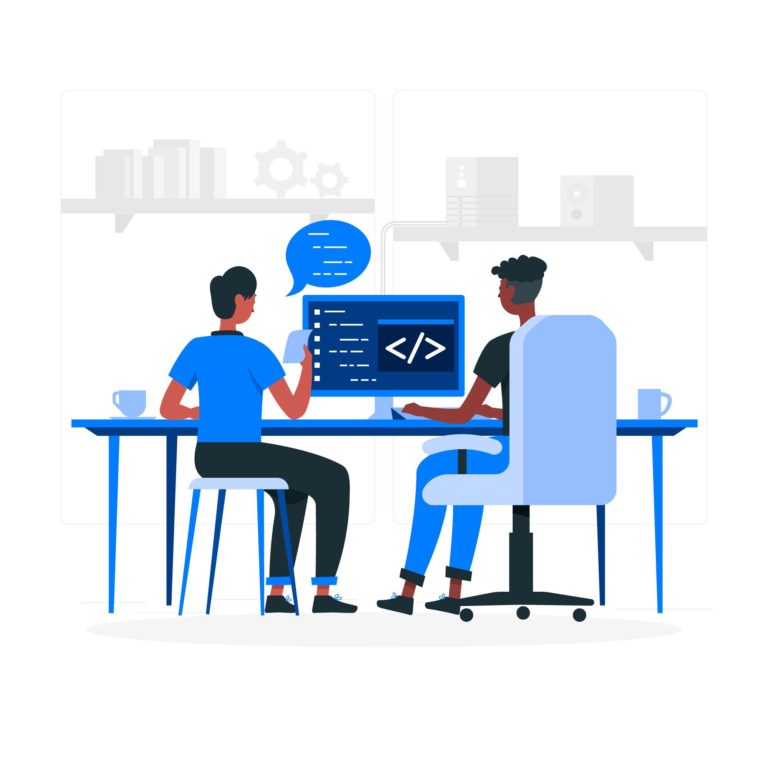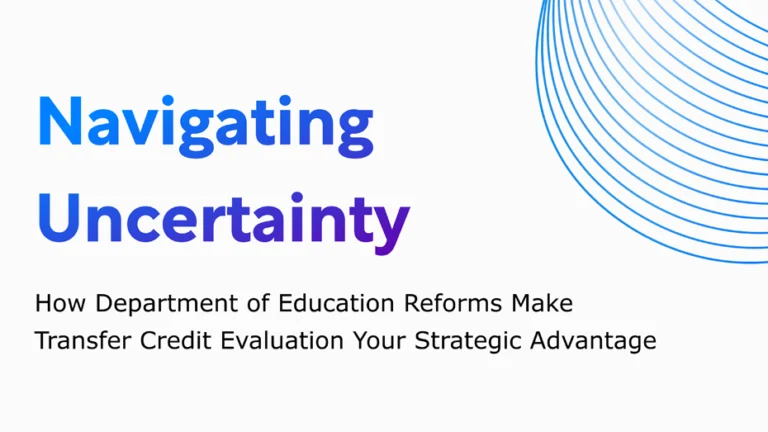As newly remote staff search for — and create their own — digital solutions to non-transitioned onsite workflows, there are bright opportunities to harness and mobilize these proactive frontline employees.
If left unchecked, these efforts can grow into hazardous pockets of shadow IT. With the right support and oversight, i.e. governance, these isolated and unsanctioned IT efforts shift into a collective citizen development initiative.
Where restrictions can lead to more shadow IT, governance enables anyone from end-users to pro IT to safely augment IT efforts and add value organization-wide.
Today’s State of Citizen Development
The pandemic’s rise in shadow IT is just a larger symptom of a desperate need for open development of workflow tools.
Times of crisis expose how IT bottlenecks can impede non-technical staff who need to create and iterate new tools fast. The result: a negative feedback loop where non-tech staff creates and uses workflow tools often — as high as 80% of staff moving forward without IT support.
Ultimately, new issues appear to worsen IT burdens and extend IT support queues even further. Attempting shadow IT shutdowns and limited policy adoption can lead down similar roads of risky app creation.
Instead of discouraging these proactive initiatives, consider supplying them with the right tools and structure via IT collaboration. Each citizen developer, as ambitious non-IT end-users and power users, offer substantial staff numbers to mobilize under a playground of IT-selected tools.
Governance is what extracts the powerful upsides of shadow IT while shedding the burdens that often accompany it. Let’s explore the key parts of a reliable governance plan.
1. Centralize
Democratized development begins with unity. Building a united front between IT and citizen developers is a collective push towards better efficiency and satisfaction.
At the core of citizen development governance is a central hub for providing frontline employees the guidance and resources to succeed. Often, IT leadership takes full charge at this stage by vetting and installing open frameworks for non-IT use. To create a common way of work for all citizen devs, an authorized central development system should include:
- Transparency — Central vision to unite staff and clarify objectives organization-wide
- Uniformity — Single IT-approved low-code platform
- Accountability — Centralized control center for monitoring activity and output
In your central vision, consider why your organization needs citizen development, who your developers will be, what they’ll be making, when, and how. Segmented development typically invites citizen devs to focus on individual and workgroup apps, reserving more technical high-impact projects to professional IT staff.
Endorsing standardized app development requires a platform that integrates with and augments existing IT processes rather than replaces them. A single low-code platform allows citizen devs the freedom to create. Meanwhile, providing review systems, flexible product integration, and security features needed to keep IT infrastructure clean.
Designing a central control center becomes much easier with an agile development tool at its core. Consider where you might set checkpoints for quality assurance to maintain a mutually-accountable relationship between citizen developers and IT staff.
Teams will find that IT accountability and responsibility for the upkeep of this system is crucial. Fortunately, centralization and standardization will make long-term upkeep a cleaner and leaner process.
2. Train and mobilize
Each citizen developer must be able to make effective use of their roles. IT can continue to take the lead by holding official trainings on all ideas, tools, related systems, and expectations the developers will be expected to uphold.
Worth noting, citizen developer training may benefit both non-IT and pro IT developers. Many organizations will find that all application development can benefit from a single cross-platform codebase with faster turnaround, rapid deployment, and low-to-no code maintenance needed.
Certifications can cap these training opportunities to keep the role of citizen developer as a trusted one. Gating the role behind training still keeps a low barrier-to-entry while supporting consistent quality in apps.
Your company might consider starting with a single department or organization unit before branching out further. Getting teams active is a process that starts with initial training but will continue long beyond these first efforts.
3. Support and iterate
To keep your citizen developers adhering to sanctioned methods, they’ll require a wealth of ongoing support — from IT staff and beyond. Cycles of continuous education through experience are expected as citizen devs learn, collaborate, and iterate on their work.
In this stage, establishing a developer community will promote growth and connection to maintain the visibility of non-IT app development activities.
Resources offered directly by IT will kindle this fire, and encouraging the developers to support their own community events will keep the flame burning brightly. Consider endorsing staff-hosted workshops and other skill-sharing events under IT oversight to mentor, oversee, and fine-tune developers’ abilities.
The true ROI of governance
Misconceptions about shadow IT emphasize downsides while overlooking the vast potential of motivated employees. When well-equipped citizen developers get a seat at the table, many organizations are surprised to find how substantial their returns are.
Digital infrastructure continues to grow pivotal to competitive edge, and IT agility is the heartbeat of these systems. Quality and speed at scale become far less elusive with more tech-capable personnel to absorb parts of the IT queue. Scaling is further accelerated by cutting hours of manual coding and testing from IT workloads via low-code citizen dev tools.
The largest strides stem from savvy staff putting their frontline knowledge into backend tech design. Customer experience skyrockets when shaped by those who know the customers firsthand. Released from loops of endless bureaucracy, these citizen developers take pride in their freedom to mobilize change. Deep employee engagement boosts morale as well as measurable productivity — potentially to the effect of over 21% more profitability.
Keeping citizen developers governable
Setting up governable app development puts much of that pesky shadow IT into the rearview mirror. However, you’ll need a coding platform that continuously improves its own features to remain useful.
Low-code resources will, fortunately, keep becoming more powerful and easier to use for the foreseeable future. Taking advantage now will position your organization to make use of everything low-code has to offer for years to come. Reach out to ProcessMaker if you’re interested in learning more about what platforms like ours can do for you.





